There is a skin saddle (cere) between the beak and the forehead of small-billed, sociable pigeons. Pigeons all walk about with their heads bobbing. Because of their big wings and muscular flying muscles, they are strong and rapid fliers. The female lays two glossy white eggs in a fragile nest that can barely hold them. The male and female usually alternate days and nights during egg incubation. After the incubation phase of 14 to 19 days, the young are cared for in the nest for another 12 to 18 days.
While it usually returns to the same location and even makes a new nest on top of an older one, the rock pigeon creates flimsy nests. As the pigeons don’t try to remove the feces of their nestlings, the nest develops into a sturdy, mud-like mound over time.
25 Fun Facts About Pigeons
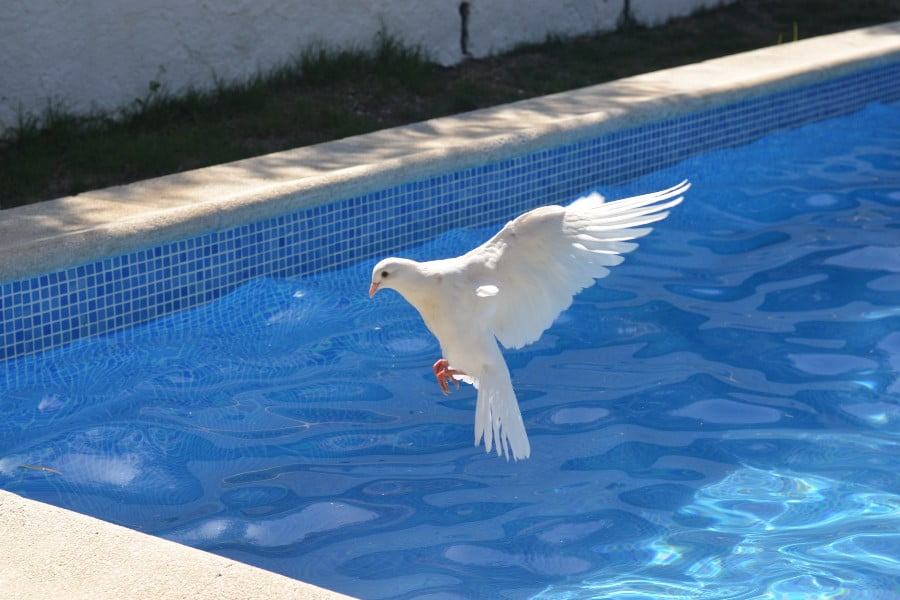
1. Pigeons fly quickly
One of the reasons pigeons make excellent messengers is that they are extremely swift birds. They excel in races thanks to their quickness. A remarkable amount of money may be made from pigeon racing.
2. There are pigeons all around the world
In truth, it’s simpler to identify the few locations on Earth where pigeons cannot or will not survive. They include the Sahara Desert, the Arctic, and Antarctica. Pigeons of various varieties are present everywhere else on Earth, and many of them move about freely. In the British Isles, domestic pigeons, for instance, regularly fly as far as North Africa.
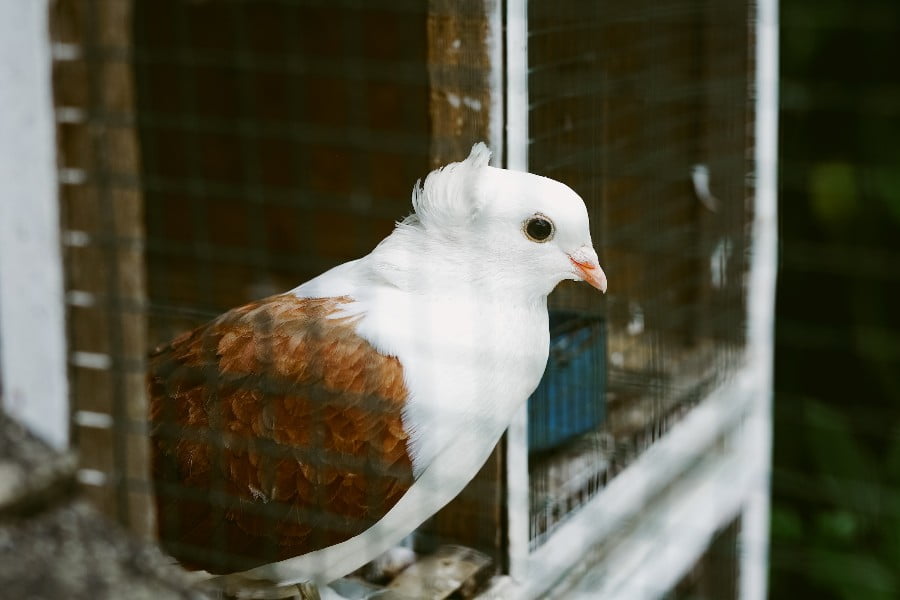
3. Excellent postal carriers are pigeons
While instant messaging is now possible thanks to technology, communication wasn’t always straightforward. Pigeons have long been used for communication because of their speed, ability to carry up to 10% of their total weight, and ability to navigate. Countries like Egypt and Syria utilized carrier pigeons in the fifth century A.D.
4. Pigeons could be weather reporters
Pigeons have the ability to perceive frequencies that humans cannot. This enables them to detect things like volcanic eruptions and impending storms that meteorologists have yet to uncover.
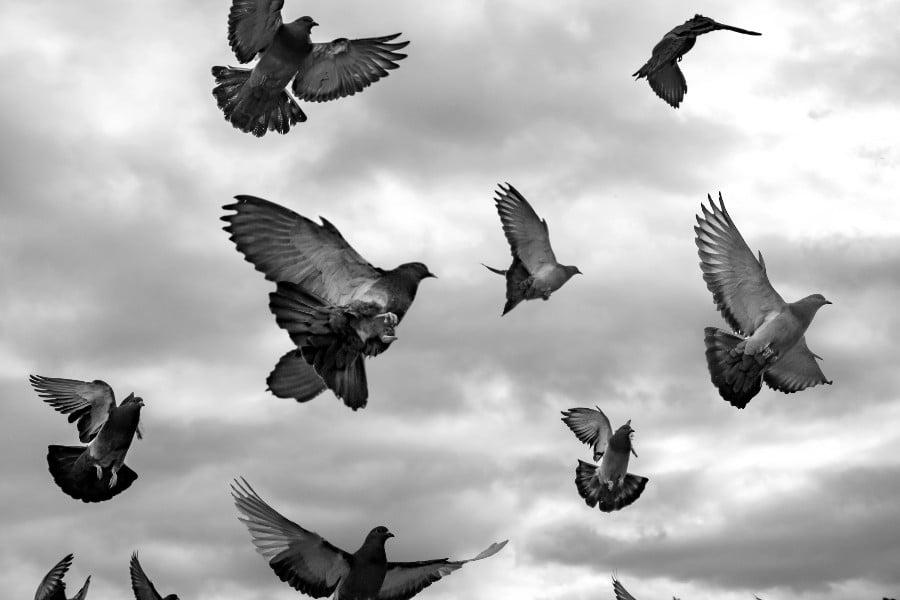
5. Baby pigeons are an uncommon sight
Have you ever wondered why you never seem to see newborn pigeons among the flock? This is because freshly hatched pigeons may stay in the nest for up to six weeks, which is longer than most bird species. Except for the downy feathers on their head and the absence of red around their eyes, they look nearly precisely like a fully-grown adult pigeon when they eventually leave. The eyes of a pigeon do not become red until they are between seven months and one year old.
6. A number of illnesses affect pigeons
The most prevalent kind can also infect humans and is known as bird fancier’s lung. Inhaling contaminated poop particles spreads the sickness, which results in pulmonary tissue edema. In addition to making the lungs weaker over time, it can also result in secondary illnesses and even death if left untreated. Other illnesses that affect pigeons and people alike include histoplasmosis, which can spread from the lungs to other organs, and psittacosis, a kind of pneumonia.

7. It’s possible that pigeons were the first tamed bird
Pigeons have long been a favourite human pet. Pigeons may be found in Mesopotamian art dating back to 4500 BCE! Scientists believe that these pieces of art are the first pigeon images ever documented. Pigeons have also been an important source of food for humans for thousands of years. These facts have led to the theory that pigeons were maybe the first creatures that humans domesticated.
8. Pigeons don’t build nests
As they mainly use twigs and other little pieces of detritus, pigeons don’t often create substantial nests. They also don’t require them for very long because pigeons only deposit a maximum of two eggs per nest. Then, it only takes around 18 days for them to hatch. At most, a month passes before the chicks are old enough to fly. When the baby pigeons learn to fly, they depart, followed soon after by the parents.
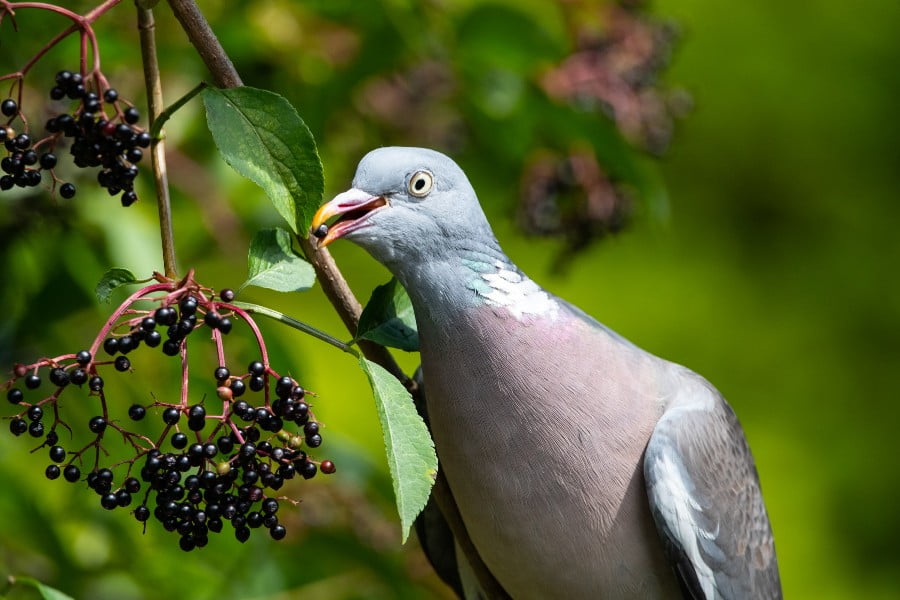
9. Pigeons are capable of self-recognition
Most birds are unable to identify their own appearance. Yet, pigeons can recognize themselves in an image of another pigeon. But their identification abilities don’t stop there; they can also distinguish between images of various people.
10. “Milk” is produced by pigeons
It is not like human milk, only mammals are capable of doing so. Yet in terms of being a white liquid with all the vital proteins, lipids, minerals, and antioxidants a newborn bird requires, it is practically the same as milk. The fact that the hormone prolactin controls its synthesis is another resemblance between it and animal milk. Adult pigeons of both sexes generate this milk in their crop. A bird’s oesophagus has a small area called the crop that is used to store food and, in this instance, to produce crop milk.
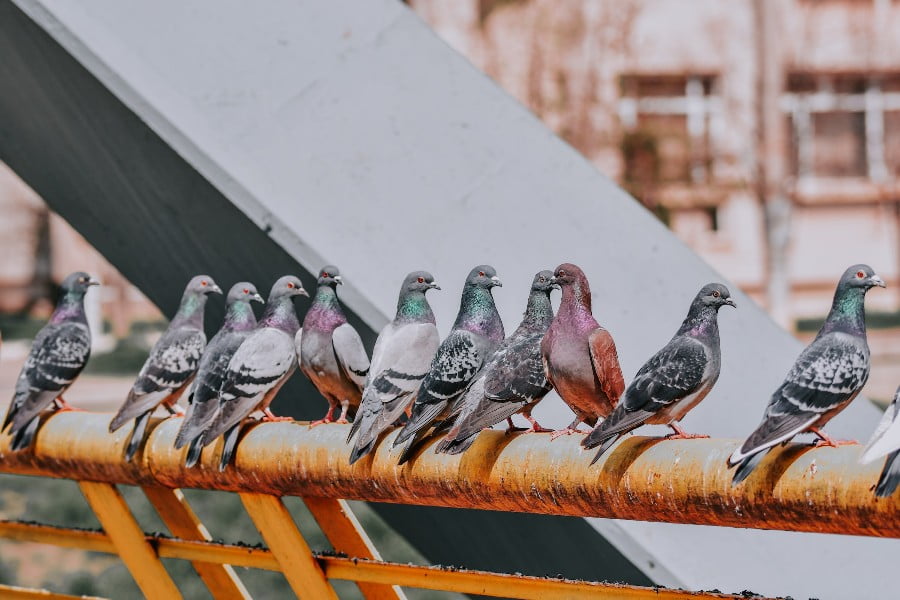
11. Some traits are present in all pigeon species
To begin with, they are all short-legged and have fleshy beaks on their small bills. In addition, they frequently have robust wings and small heads perched on compact bodies. Pigeons are among the world’s strongest birds, in fact. Also, we have noted that they lack gallbladders. Instead of being briefly held in a gallbladder, the bile that their livers create is directly delivered into the intestines.
12. Pigeon droppings were once considered a valuable fertilizer
If you think the idea of using pigeon poop as fertilizer sounds weird, wait till you read the following facts! Pigeon droppings were previously thought of as useful fertilizer, which is astounding yet true to believe.

13. They have also been utilized by scientists to research avian intelligence
In fact, researchers have shown that pigeons are intelligent enough to recognize the differences between impressionist and cubist artwork. Scientists have come to a number of different conclusions concerning pigeon intelligence as a result of their observations of them assisting with rescue operations at sea. They believe, among other things, that pigeons may even be more adept at form and texture perception than humans.
14. Breeding throughout the year
Breeding is possible throughout the year; however, spring and fall are the seasons with the highest rates of reproduction. Pigeon populations typically have an equal number of males and females. Pigeon production rises when numbers unexpectedly decline and will swiftly restock the flock.

15. Life span of pigeon
Pigeons in captivity typically live up to 15 years, although they can live much longer. Pigeons, however, seldom survive more than two or three years in metropolitan settings. Pigeon populations are reduced by around 30% yearly by natural mortality causes such as illnesses, stress brought on by a shortage of food and water, and predation by animals and other birds.
16. They are dependent on humans
Pigeons are extremely reliant on people for food and roosting, loafing, and breeding habitats. They are usually found around farm yards, grain elevators, feed mills, parks, city buildings, bridges, and other structures, but they may dwell anywhere there is appropriate food, water, and shelter.

17. Pigeons are disease carriers
Pigeon droppings may transmit and spread illnesses to humans and cattle. Moreover, pigeon faeces may include airborne spores of the causative agent of histoplasmosis, a systemic fungal disease that can infect people, under the correct conditions.
18. Nuisance of a pigeon dropping
Pigeon droppings on park seats, statuary, automobiles, and naïve passersby are an eyesore. Pigeons devour and potentially contaminate significant amounts of food meant for human or animal consumption near grain processing facilities.
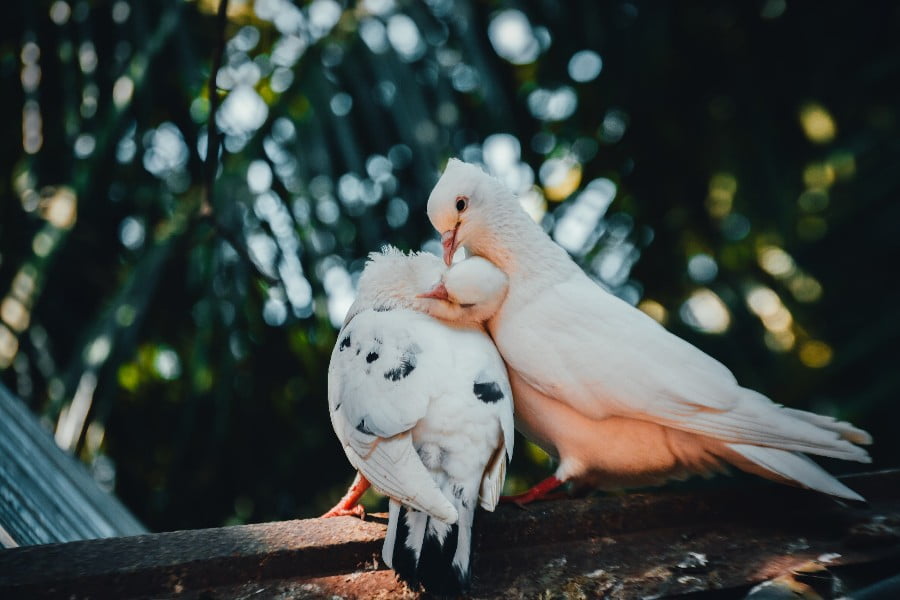
19. Pigeon droppings might necessitate extensive building maintenance
Pigeon droppings deface and hasten the decay of structures, as well as raising the expense of upkeep. Excessive volumes of droppings can destroy plants and emit an unpleasant stench. A flock of 100 pigeons may generate up to 4,800 pounds of guano every year.
20. Pigeon birth control
The over-control birth control program, which naturally reduces the pigeon population, is one of the most successful and compassionate methods of pigeon control.
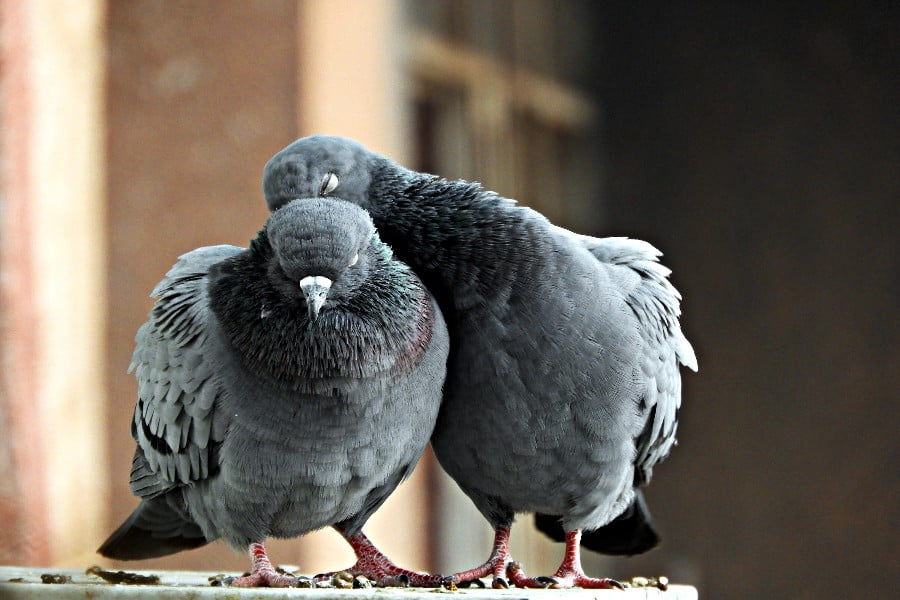
21. Several pigeons have served in the military
It was typical for governments to keep flocks of homing pigeons for military usage during the twentieth century, the birds can quickly transmit important communications between bases or over enemy lines. Because of the information they accurately communicated, pigeons are credited with saving thousands of lives.
22. Pigeons are incredibly bright and intelligent
According to a study published in the American Psychology Association, carneaux, and homing pigeons can distinguish between paintings, representations of trees, bodies of water, and people. Pigeons can also distinguish between genuine words and sequences of letters, according to research. Furthermore, because of their intelligence and capacity to be easily conditioned, they are model animals of cognitive neuroscience.
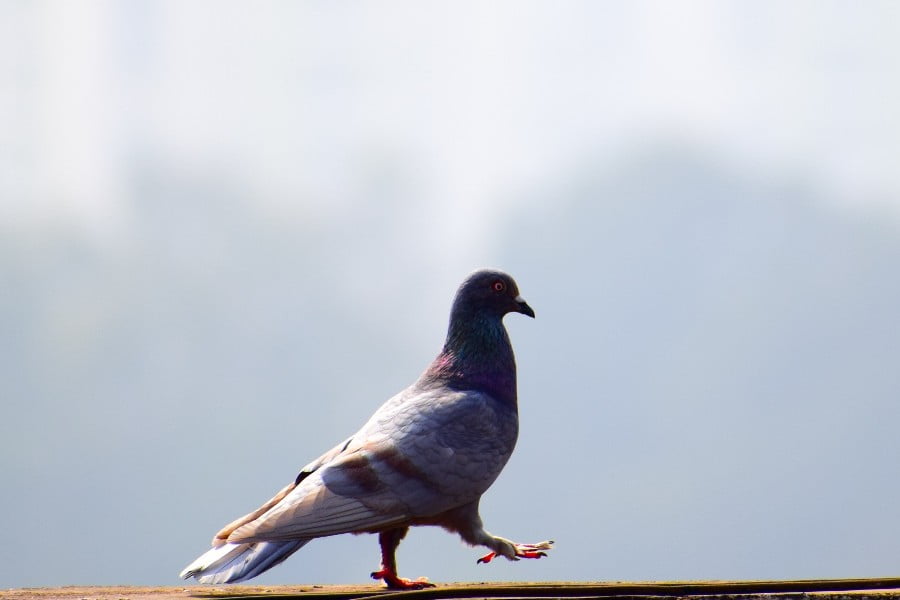
23. Pigeons have navigational aids like compasses and maps
Believe it or not, pigeons can navigate to their home from a distance of 1,300 miles! Additionally, they have proven that they are capable of doing so after being moved in complete isolation to a place they had never been. To make the birds uncertain of their direction of travel, the cages were even rotated while being transported. Scientists are unsure of how pigeons navigate when there are no magnetic, olfactory, or optical clues to guide them.
24. Pigeons represent several things in various faiths
Christians see white pigeons as a sign of peace and purity, as well as the holy spirit. Pigeons have an important role in Islam also and so they are treated with great respect. Large flocks of pigeons may be seen near and around the mosques, as the devotee feed them grains. Islam has endowed these birds with safety, holiness, tranquility, and independence.
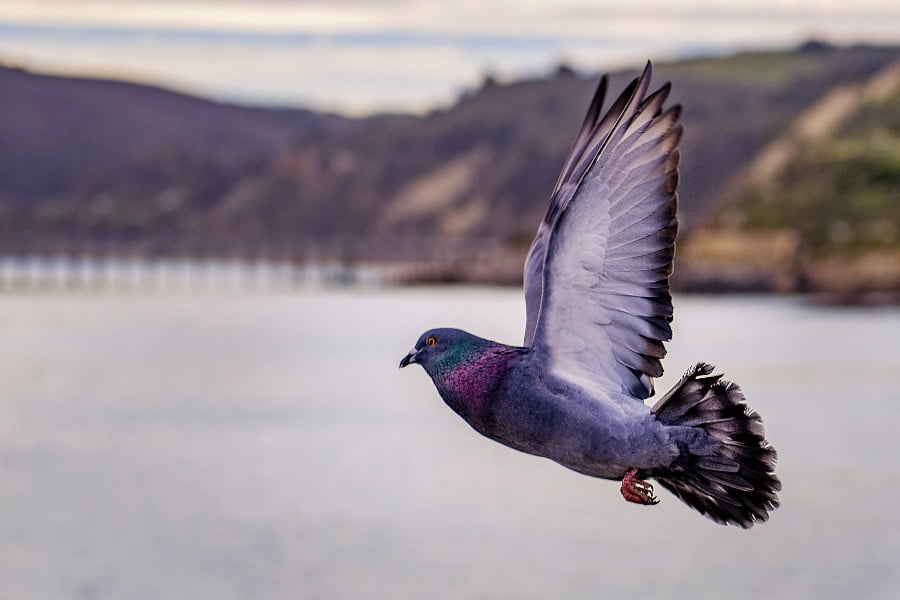
25. Pigeons are friendly birds
Pigeons are very social. Unlike other bird species, pigeons are commonly observed in groups of 20-30 birds. You’ll notice that they loathe being alone if you keep them as pets. If there are no other birds present, pigeons will stick closer to you and tolerate being lifted and stroked.
So, these were some fascinating facts about pigeons. Pigeons are extremely intelligent and smart creatures. They are one of just a few animals capable of passing the “mirror test,” which is a self-recognition test. For thousands of years, pigeons and humans have coexisted.
Read also – 49 Fun Facts About China